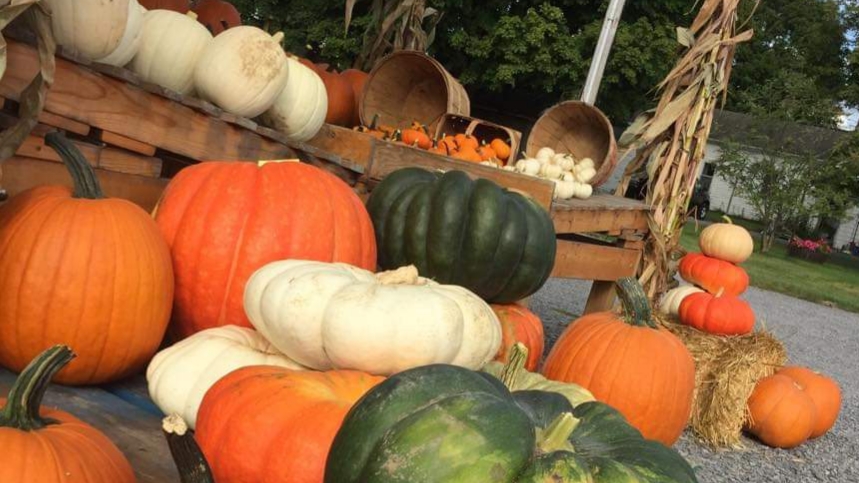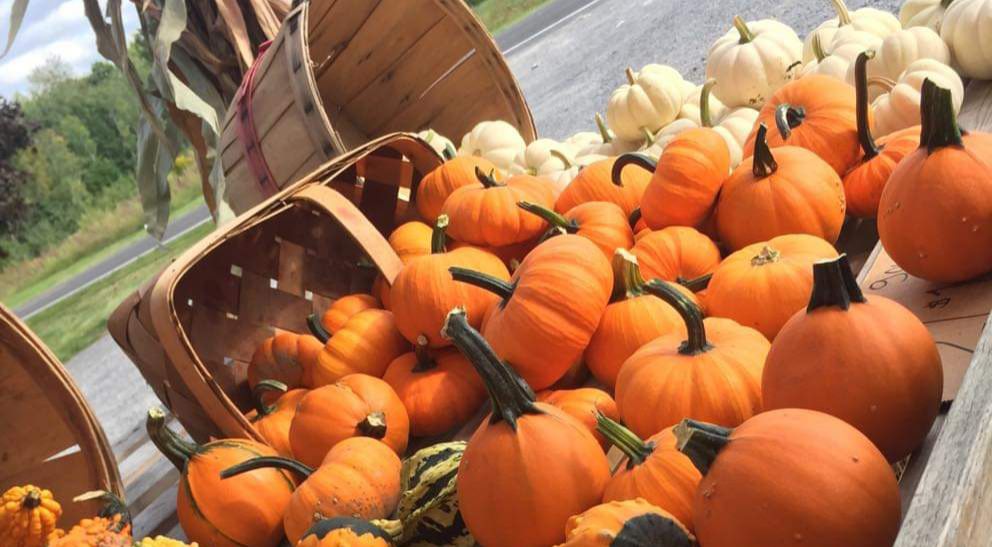The fall season has officially begun, and that has many of us looking for pumpkins to decorate our homes.
At my house, we already have pumpkins on the front porch. Pumpkins that we grew ourselves.
As amateur "pumpkin farmers", and I use that term quite loosely, it got me wondering how this summer's weather impacted the pumpkin crop this year.
There's no denying that it was a hot and dry summer. Since this was my first time growing pumpkins, I decided to reach out to the experts to see what effect this had.
Levi from Kubecka Farms in Kirkville was able to provide me with some insight.
He stated that "moving into summer months, ideal growing temperatures are highs in the 80s and lows in the 60s with 1 to 1.5 inches of rain per week."
However, this summer we had twice the average number of 90 degree days and in June alone, there was almost a 2-inch deficit of rainfall.
According to Levi, the "heat was a big obstacle, especially because it was accompanied by a severe lack of rain."
At Kubecka Farms, they were forced to water their pumpkins every day in July and for the first two weeks in August.
Based on this knowledge, it might seem like the fate of this year's pumpkin crop is grim.
While a hot and dry summer can lead to a less than ideal harvest, it's not definitive.

Because of the irrigating system at Kubecka Farms, they were able to "produce one of the best yielding pumpkin crops" they have had in the last decade.
So, not to worry. Despite the hot and dry summer, if you're able to get pumpkins from a well-equipped farm, you shouldn't notice a big difference in this year's crop.
Happy decorating!



